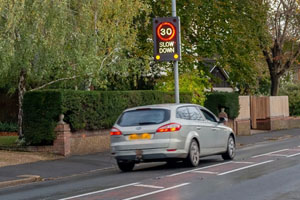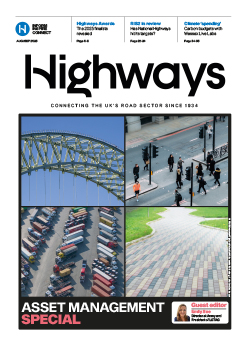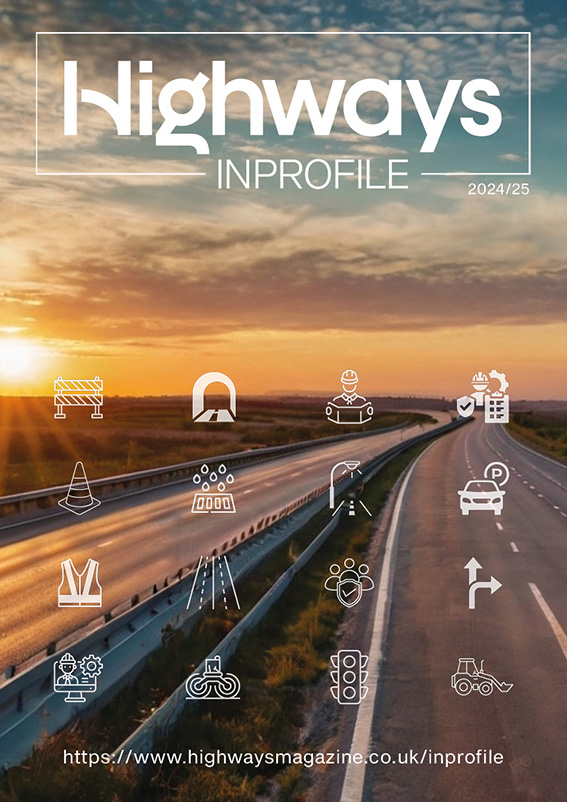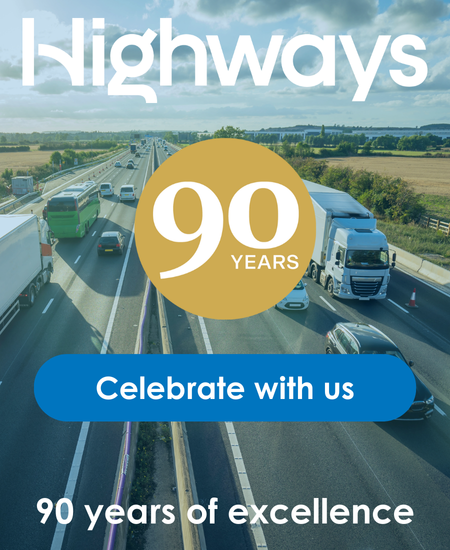Mark Pleydell of the Association of Road Traffic Safety and Management (ARTSM) announces a new test methodology to help ensure the accuracy of the Charge Codes applied to the energy consumed by vehicle-activated roadside equipment.
With rising energy prices, the need for accurate Charge Codes for the energy consumed by roadside equipment is becoming more and more important.
As a representative of many of the UK's equipment manufacturers, the ARTSM is aware that the increasingly complex way in which equipment is used makes the process of obtaining a Charge Code more challenging, with vehicle-activated signs being a good example of this challenge.
 Since 2021, members of the ARTSM's VMS Working Group have worked closely with Elexon to develop a robust test methodology. Elexon manages the Balancing and Settlement Code, one of a number of codes governing the energy system. The unmetered supplies arrangements are governed by BSCP520: Unmetered Supplies Registered in SMRS.
Since 2021, members of the ARTSM's VMS Working Group have worked closely with Elexon to develop a robust test methodology. Elexon manages the Balancing and Settlement Code, one of a number of codes governing the energy system. The unmetered supplies arrangements are governed by BSCP520: Unmetered Supplies Registered in SMRS.
Elexon creates and maintains Charge Codes and Switch Regimes, which are used to calculate the energy consumption of unmetered equipment. Elexon also coordinates the central management system (CMS) process, which enables remote dynamic street lighting control.
The methodology has been accepted by the Unmetered Supply User Group (UMSUG) and is now included in the latest revisions to Elexon's Operational Information Document (OID).
The OID is an Elexon guidance document on unmetered supplies for use by customers, manufacturers, unmetered supplies operators, meter administrators and other parties involved with unmetered supplies.
The ARTSM will continue to work with both UMSUG and Elexon to ensure that the process for obtaining Charge Codes for traffic-related equipment is workable and of course, gives a fair representation of the energy used.
More information about UMSUG is on the Elexon website.
More information about the ARTSM is on the ARTSM website





